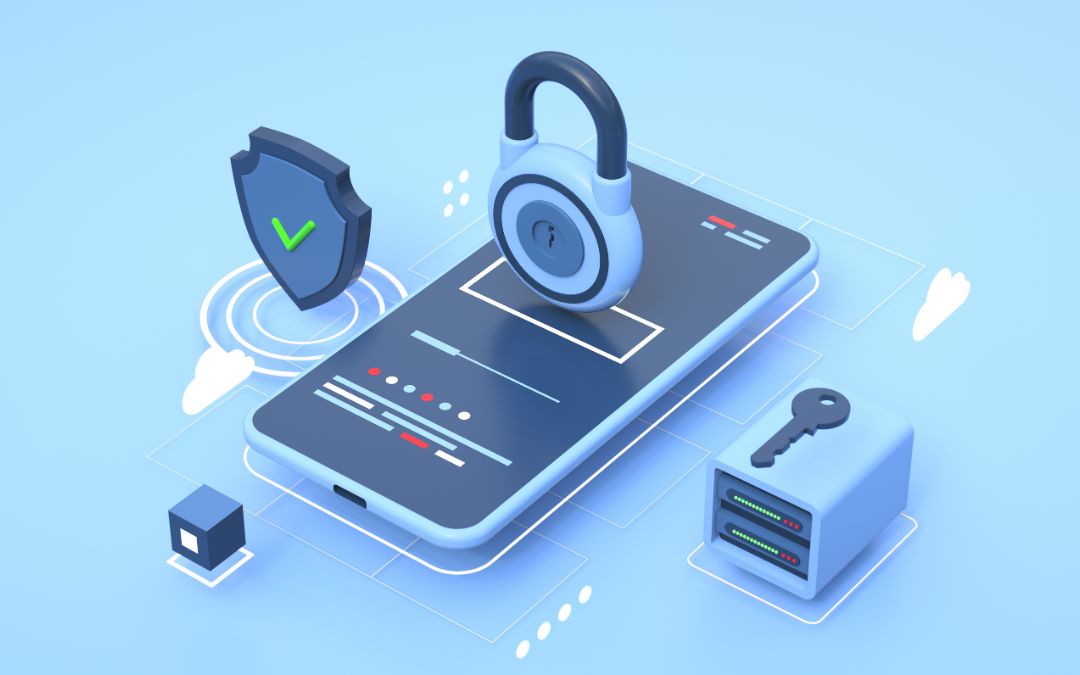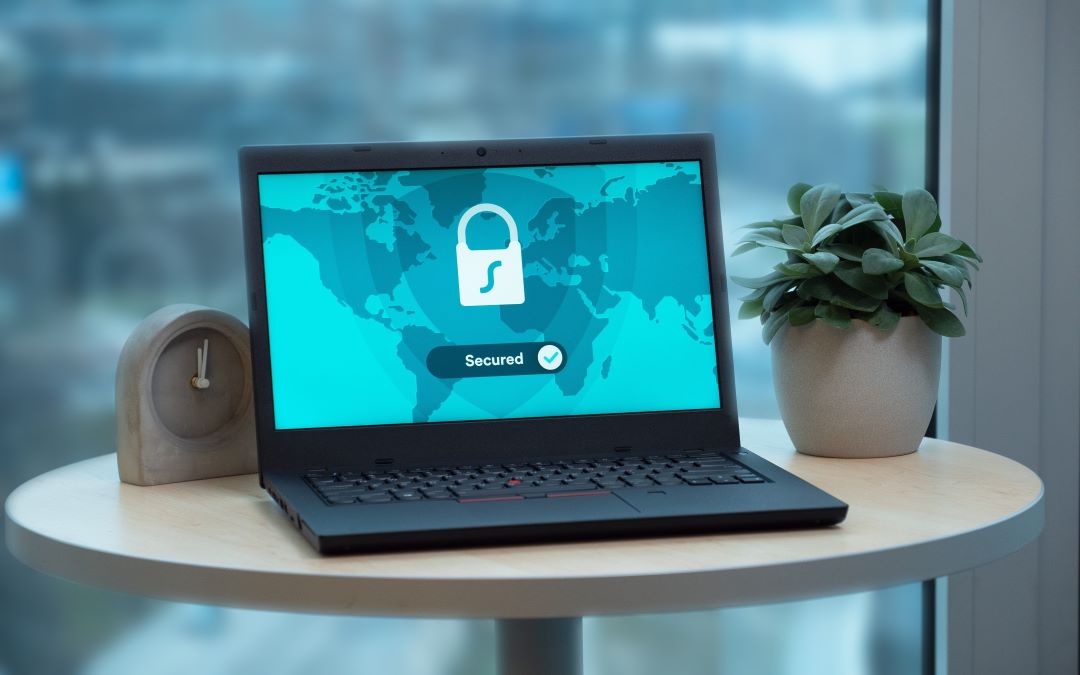
As the year winds down, the importance of fortifying your IT security cannot be overstated. With cyber threats continuously evolving, conducting a thorough year-end security check is crucial to safeguarding your business’s digital assets.
This IT security checklist guide helps businesses stay prepared and protected. By acting now, you can step into the new year confident you have strong, reliable measures in place.
1. Software and System Updates
Your To-Do’s
- Ensuring the security of your digital infrastructure starts with keeping your systems up-to-date. Prioritise updating all operating systems, applications, and security software.
Your IT Provider’s Role
- IT providers play a pivotal role in maintaining system security. It’s essential for providers to actively monitor and promptly apply new updates as they become available, protecting against emerging threats.
- IT providers must also verify all client systems are running the latest versions, for comprehensive protection against vulnerabilities.
Final Check Tips
- Ask your IT provider for detailed reports showing the updates applied and their dates of implementation. Regularly reviewing update logs will give you confidence that your systems are consistently maintained and protected.
2. Data Backups and Recovery Plans
Your Responsibilities
- Ensure backups are performed regularly, especially for critical data.
- Use cloud storage options for added security and redundancy, as they provide automatic backups, scalability, and accessibility from any location. This protects against local hardware failures and ensures your data is secure, encrypted, and easily recoverable in case of a breach or loss.
Your IT Provider’s Role
- Make sure your IT provider is managing backup processes effectively.
- Confirm they are automating backups regularly, encrypting all data, and performing frequent tests to check backup integrity. These steps are crucial to guarantee data security and recovery.
Final Check Tips
- Engage actively with your IT provider by requesting detailed backup logs and proof that backups are encrypted and tested regularly.
- Consider asking for a test restoration to verify the recovery process and to ensure your team is prepared for any data loss situation.

3. Security Audits and Vulnerability Assessments
Your Responsibilities
- Ensure security audits are not just an annual ritual but a regular agenda item. Scheduling and conducting these audits routinely allows businesses to stay ahead of emerging threats.
- Actively engage with the results and recommendations provided from these audits to enhance your security stance.
IT Provider’s Role
- Ensure your IT provider conducts thorough security audits, including vulnerability assessments and penetration testing.
- Ask for detailed reports that identify potential weaknesses and confirm that these are being addressed..
Final Check Tips
- Ensure you receive and thoroughly review detailed audit reports.
- Question your IT provider on what they are doing to ensure any vulnerabilities identified are dealt with.
- Follow up on any issues previously identified to confirm they have been resolved.
4. Access Controls and Permissions Review
Your Responsibilities
- Regularly review who has access to sensitive data and systems to maintain security integrity.
- Use tools like Microsoft Entra ID or Okta to manage and audit access permissions effectively. These platforms help ensure that access is strictly limited to those who need it for their roles, reducing unnecessary exposure and potential security risks.
- Automating these reviews can further tighten control and ensure only the right people have access at all times.
IT Provider’s Role
- IT providers should regularly audit access controls, ensuring permissions are correctly set and match current roles as the company grows and changes.
Final Check Tips
- Request an access control audit report regularly and review it to confirm permissions are appropriate and up to date.
5. Incident Response Plan Review
Your Responsibilities
- Ensuring an incident response plan is in place is critical for effective security management. Verify all employees are aware of their roles in the event of a security breach and a swift, coordinated response is prepared.
IT Provider’s Role
- IT providers are responsible for regularly developing, updating, and testing the incident response plan to ensure its effectiveness and comprehensiveness. This ongoing evaluation helps to adapt to new threats and changing business conditions.
Final Check Tips
- Request a current copy of the incident response plan and review it together with your IT provider. Conducting a mock drill can also be useful to evaluate the plan’s effectiveness and your team’s readiness in a controlled, simulated environment.
Summary
We urge all businesses to assess the measures they have in place and apply this IT security checklist annually (ideally, even more so).
Are your systems up to date? Is your current IT provider meeting your security expectations? This self-assessment is crucial to ensuring your defenses are robust and ready for ever-evolving threats.
If you find gaps in your IT security or just want to ensure all bases are covered, contact Operum Tech. Our comprehensive IT security assessments help tighten your security measures, providing protection and peace of mind.
Sign up below to join the Operum newsletter



